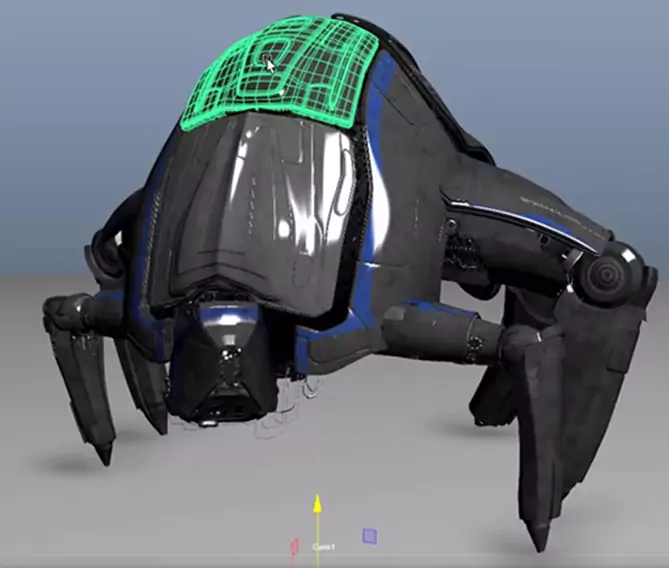
When delving into the world of 3D model creation, it's crucial to understand the diverse range of 3D content available. One fascinating aspect is the creation of 3D rock models, which bring virtual characters to life. Understanding anatomy and proportions is essential for creating realistic human models. Learning about topology and edge flow helps ensure smooth deformations during rigging and animation processes. Additionally, there is a vast library of free 3D models accessible online, which can serve as valuable resources for beginners. These models, ranging from objects to entire environments, can be studied, modified, and used in personal projects to accelerate the learning process. Embracing the wealth of available 3D content can enhance the journey of learning the art of 3D character model model creation.

When it comes to creating 3D models, having the right tools at your disposal is essential. One valuable resource for beginners is the availability of free 3D models. These models can provide a solid foundation for your projects, especially when it comes to building models. Online repositories and platforms offer a wide range of free 3D building models that you can use as a starting point or even incorporate directly into your designs.
They can save you time and effort by providing pre-made structures, architectural elements, and details that you can modify and customize to fit your vision. By leveraging these free 3D models, you can focus on refining your skills and learning the intricacies of 3D modeling while still producing impressive results. With the right combination of free 3D models and your creativity, you can embark on a fulfilling journey of creating stunning 3D buildings model and architectural designs.
Creating realistic 3D models requires attention to detail and a solid understanding of 3D modeling techniques. Start by studying real-world objects and references to capture their intricate details accurately. Pay close attention to lighting, texture, and shading to achieve a lifelike appearance. Utilize advanced modeling tools and techniques to refine your models, ensuring accurate proportions and smooth surfaces. Experiment with different materials and textures to add depth and realism to your 3D models. Incorporate high-quality 3D content, such as textures, materials, and reference images, to enhance the authenticity of your creations. By combining technical skills with artistic vision, you can create stunning and believable 3D models that captivate audiences and bring your imagination to life.
Animating 3D models, particularly human and character models, allows you to breathe life into your creations. With a vast range of 3D content available, including free 3D models, you can find pre-rigged characters to jumpstart your animation process. Understanding the principles of movement and anatomy is crucial for creating believable animations. Utilize rigging tools to add bones and controls to your 3D character model, enabling realistic articulation and movement. Take advantage of motion capture data or create your own keyframe animations to bring your characters to life. Pay attention to details like facial expressions, gestures, and body language to convey emotions and personality. By combining technical skills, creativity, and the wealth of 3D content available, you can create captivating and dynamic animations that truly animate your 3D models and tell compelling stories.
While creating 3D models, it's common to encounter various challenges that can hinder the desired outcome. Understanding how to troubleshoot these issues is crucial for maintaining a smooth workflow. One common problem is mesh errors, such as non-manifold geometry or intersecting faces. By inspecting and fixing these issues, you can ensure clean and well-defined surfaces. Another challenge can be achieving proper UV mapping and texture alignment, which can cause distortion or stretching in the final render. Adjusting and unwrapping UVs meticulously can help resolve these issues. Additionally, handling complex scenes with numerous objects or high polygon counts may lead to performance problems. Optimizing your models by reducing unnecessary geometry and utilizing efficient rendering techniques can help improve overall performance. By being familiar with common pitfalls and implementing effective troubleshooting strategies, you can overcome obstacles and create high-quality 3D character models that meet your artistic vision.